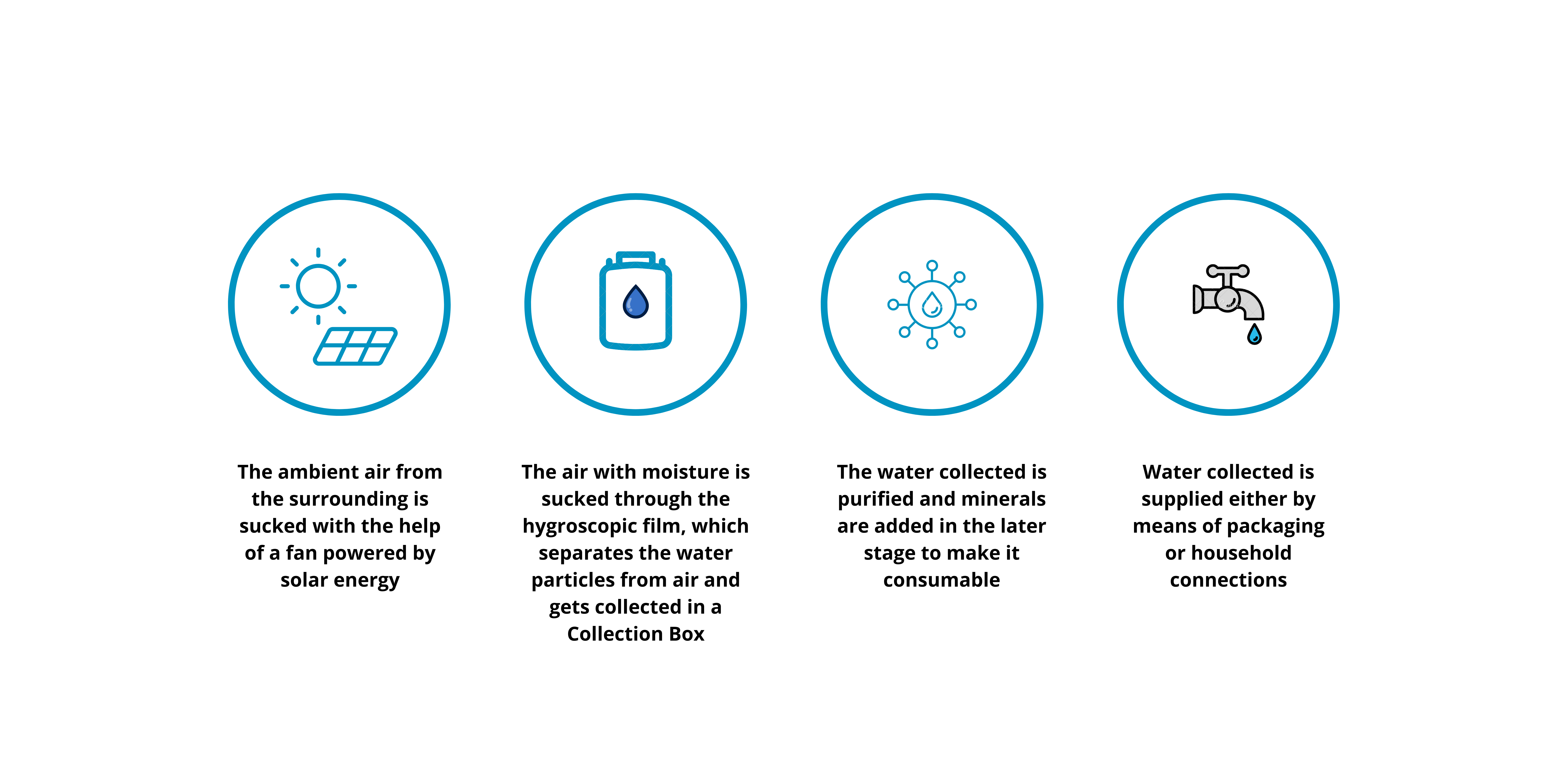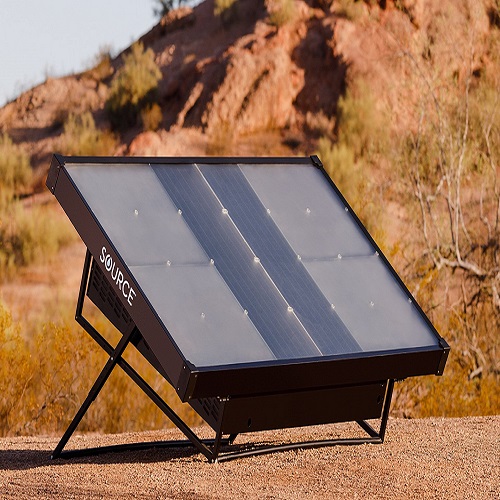What are the basic elements in life? The answer we all are aware of is, Soil-Sunlight-Air-Water. With this we all have the elements in plenty. Earth is known for its coverage of water. Earth is 72% covered with water and the remaining by land. Don’t get misled by the statement above, that we have it in plentifulness. The major area is covered with water which is of no use to us humans, because the water is covered by oceans.
The amount of freshwater we have is at only 3%, out of that more of 2.5% (approximately) is unavailable locked in glaciers, polar ice caps, atmosphere, and soil; highly polluted; or lies too far under the earth’s surface to be extracted at an affordable cost. Due to increased usage and wastage of fresh water in the form of use in households, industries etc, we have also started polluting the water and dumping it into the freshwater sources, eventually making the source as polluted. Due to the use of such polluted water, 2.4 billion people—they are exposed to diseases, such as cholera and typhoid fever, and other water-borne illnesses. Two million people, mostly children, die each year from diarrhea diseases alone. Due to the increased amount of pollution, and gradual increase of heat in the atmosphere, is making the available sources of water on land go for depletion bringing droughts and barren land. some 1.1 billion people worldwide lack access to water, and a total of 2.7 billion find water scarce for at least one month of the year.
Many of the water systems that keep ecosystems thriving and feed a growing human population have become stressed. Rivers, lakes and aquifers are drying up or becoming too polluted to use. Due to the increased human intervention and using the renewable sources very casually, more than half the world’s wetlands have disappeared. Agriculture consumes more water than any other source and wastes much of that through inefficiencies. Climate change is altering patterns of weather and water around the world, causing shortages and droughts in some areas and floods in others. At the current consumption rate, this situation will only get worse. By 2025, two-thirds of the world’s population may face water shortages. And ecosystems around the world will suffer even more. Clean freshwater is an essential ingredient for a healthy human life, and for that we need to take some actions now, so that to maintain sustainability and should have enough water for everyone in the future. Planting trees (specifically those who can hold water and maintain ecosystem and reduce the ambient heat), use of Sewage Treatment Plants and Effluent Treatment wherever necessary and can be applied, rainwater harvesting, use of public transport etc.
Apart from this, Our Indian Government has started few schemes naming Jal Jeevan Mission, AMRUT etc. To implement this successfully, government first need to appoint consultants who can perform Engineering activities such as Topographical Survey for entire source and distribution system, Soil Investigation activities at the construction location of WTP (Water Treatment Plants), ESRs, GSRs, Pumping Stations. A detailed drawing needs to be done for entire distribution planning and on the basis of that estimates are made. With the help of all these, a Detailed Project Report is prepared which further helps in construction and successful distribution of water to every household.
The whole process is very time consuming and expensive. This is the utmost entire process needed to be followed to get fresh, clean drinking water on a household level. Alter to that, this urge to save water and the boon of technology, has led to some great and mind-blowing innovations. We all know, that water is available in every possible thing we can imagine. From Human bodies to the rocks, water can be found everywhere. This new technology we are going to discuss, is known from extracting water from the air surrounding us. Hydro panel! It’s not a new technology but has traditionally required large amounts of energy and been limited to places with high humidity levels. But now-a-days, a technology powered by renewable energy and able to harvest drinking water from the air even in arid climates.

Looking for a way to harness water in the air, as the air holds six times as much water as the world’s rivers, thus panels are developed that use fans to draw in air. Once the air is inside the device, the water vapor is converted into liquid using the hygroscopic sheets or water absorbing materials, collected filtered and then mineralized. The panel’s only energy source is sunlight and it can work in a wide variety of locations, including those with low humidity, high levels of pollution and areas that are entirely off grid.
What we have to do is just install panels in a vacant land or premises. If you do not have land, no need to worry. It can also be installed on rooftops or wherever space is there. Although we need to install a heavy-duty filtration system in case of polluted air. The chemicals and toxins mixed with air can cause severe adverse effects to health if not filtered properly. Although, this can be expensive if done on an individual level. But with the help of government intervention, this can be made possible in India.





